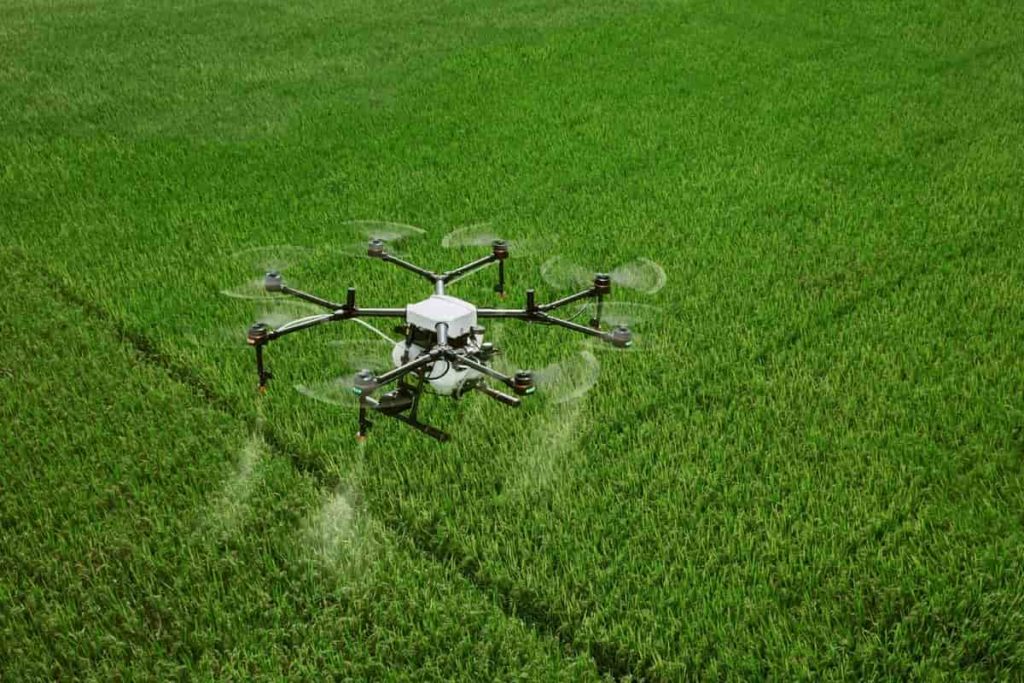
Transforming Agriculture in Nepal with AI: A Case Study

Agriculture is a major sector of Nepal's economy, accounting for over one-third of its GDP and employing more than two-thirds of its population. However, the sector faces numerous challenges, such as limited access to technology, inadequate infrastructure, and climate change impacts. In recent years, there has been growing interest in applying artificial intelligence (AI) to agriculture to increase productivity, efficiency, and sustainability. This article presents a case study of how AI is being used to transform agriculture in Nepal.
Background: Nepal is a predominantly agricultural country with diverse agro-ecological zones, ranging from tropical to alpine. The majority of farmers are smallholders, with limited resources and access to information. Traditional farming practices, such as manual labor and use of low-yield seeds, result in low productivity and food insecurity. Climate change further exacerbates the situation, with increased occurrence of natural disasters, pest outbreaks, and crop failures. To address these challenges, there is a need to adopt innovative and technology-driven solutions, such as AI.
Case study: In 2018, a pilot project was initiated by the International Center for Integrated Mountain Development (ICIMOD) in collaboration with the Ministry of Agriculture and Livestock Development of Nepal, to test the feasibility of using AI for maize cultivation. Maize is an important staple crop in Nepal, but its production is often hampered by low yields and pest infestations. The project used a combination of remote sensing, machine learning, and mobile-based advisory services to improve maize production and pest management.
The project involved three stages: data collection, model development, and farmer advisory. First, remote sensing data was collected from satellite imagery, weather stations, and ground sensors to generate information on crop growth, soil moisture, and pest outbreaks. Second, machine learning algorithms were used to analyze the data and develop predictive models for crop yield and pest infestation. Third, the models were integrated into a mobile-based advisory system, which provided personalized recommendations to farmers on planting dates, fertilizer application, and pest control measures.
Results: The pilot project showed promising results in improving maize production and pest management. The AI-based advisory system was found to be more accurate and timely than traditional methods, such as field visits and extension services. Farmers who received the advisory services reported higher yields and lower incidence of pests, compared to those who did not. The project also demonstrated the potential for scaling up the technology to other crops and regions in Nepal.
Conclusion: AI has the potential to transform agriculture in Nepal by providing data-driven and personalized solutions to farmers. The case study presented here illustrates how AI can be used to improve crop yields, reduce pest infestation, and enhance resilience to climate change. However, there are also challenges to be addressed, such as data quality, accessibility, and privacy, as well as the need for capacity building and stakeholder engagement. Nonetheless, the experience of the maize project provides a valuable lesson for the future of AI in agriculture in Nepal and beyond.
